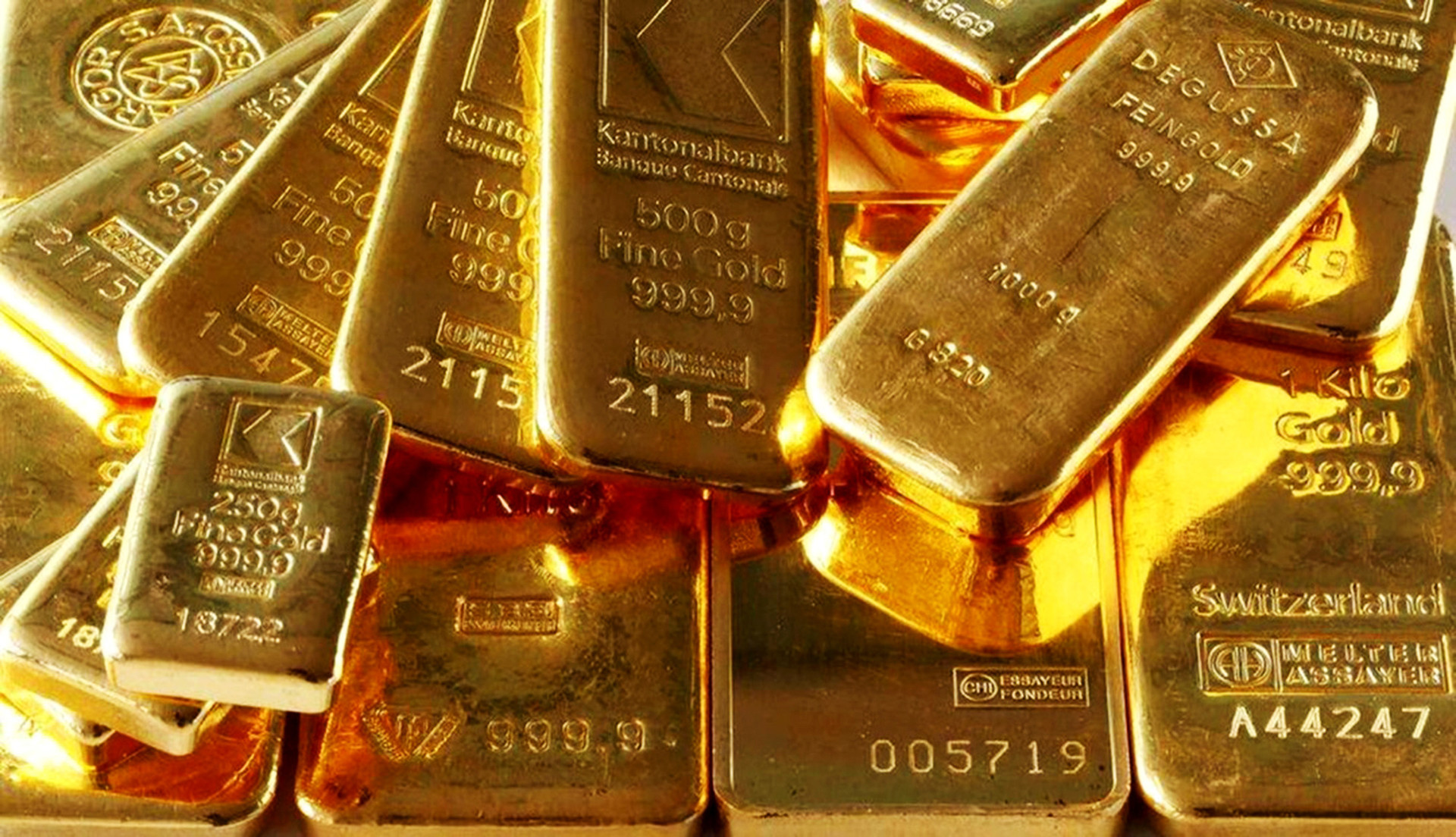World gold prices hit a record high of over $2,400 an ounce last week and have continued to fluctuate around this level in recent days due to many factors, including the tense conflict in the Middle East, promoting gold's traditional role as a safe asset.

Experts predict that gold prices will continue to rise in the coming months and years. Now, while Americans are rushing to sell their gold to take profits and pay bills, the Chinese are doing the opposite.
According to RadioCNBCGold prices have been rising sharply due to a number of factors, including increased gold reserves by global central banks, geopolitical tensions, expectations of a rate cut by the US Federal Reserve (FED) and inflation.
Tensions in the Middle East escalated after Iran launched more than 300 drones and missiles at Israeli territory on the evening of April 13; the Israeli military said it had successfully intercepted 99% of the missiles and drones in this attack.
Market analyst Bartosz Sawicki, working at financial services company Conotoxia fintech, said that harsh retaliation could lead to a wider conflict, prompting a new wave of gold buying as well as pushing oil prices and the US dollar up sharply.
Another factor driving gold prices higher is inflation. Consumer price index (CPI) data showed that inflation rose from 3.2% in February to 3.5% in March, a worrying trend that will erode purchasing power. And as the threat of persistently high inflation looms, investors will increasingly turn to the safe-haven asset of gold, boosting demand and pushing prices higher.
Gold prices typically have an inverse relationship with interest rates. When interest rates fall, gold becomes more attractive compared to fixed-income assets like bonds, which offer lower returns.
Historically, gold has proven to be an effective hedge against inflation. When inflation is high, the price of goods and services increases, but the price of gold often remains stable or even increases, helping to maintain the purchasing power of wealth.
RadioCBSSome experts agree that the gold price rally is not over yet and the current upward trend suggests that the precious metal will continue to rise in the coming months and years.
On April 15, according to analysts from Citigroup (USA), the price of gold will reach $3,000/ounce within the next 6-18 months. Last week, Goldman Sachs called the gold market an "unshakeable bull market" and adjusted its gold price target from $2,300/ounce to $2,700/ounce by the end of this year, according to CNBC.
For some Americans, this is the time to sell gold to lock in profits while others sell gold to pay bills and rent, according to the news agency.Bloomberg.
Gold watchers say most of the demand is coming from Asia and emerging markets. Many in China are also buying gold as a hedge against the turmoil in the country’s property market.
This is a reversal from the historical pattern that has dominated global trade for decades, when Asians tend to sell at times of high prices.
Meanwhile, in India, gold prices have risen ahead of the wedding and festival season this summer, leading to a drop in domestic demand and prompting people to recycle old jewelry, according to Livemint.
"Record high gold prices may impact India's retail jewelry demand in the near term as consumers may refrain from buying gold at current prices. Lower demand will also impact India's gold imports in the coming months due to higher prices and a weaker rupee," said Tapan Patel, head of the Tata Mutual Fund of the Tata Group (India).
Gold futures (a contract to buy or sell gold at a future date) were higher on the morning of April 16, trading at $2,371.40 an ounce. Gold has risen in 16 of the past 19 trading sessions and is up 15% since the beginning of the year, according to the Wall Street Journal.
Gold prices remained stable on April 17. Spot gold prices on April 17 were at $2,383.29 an ounce, while futures prices were at $2,399.60 an ounce, according to Reuters.